What fabrics work best together? 6 go-to fabric combinations designers love for spaces that are full of texture
From linen and velvet to florals and stripes, these fabric combinations are timeless
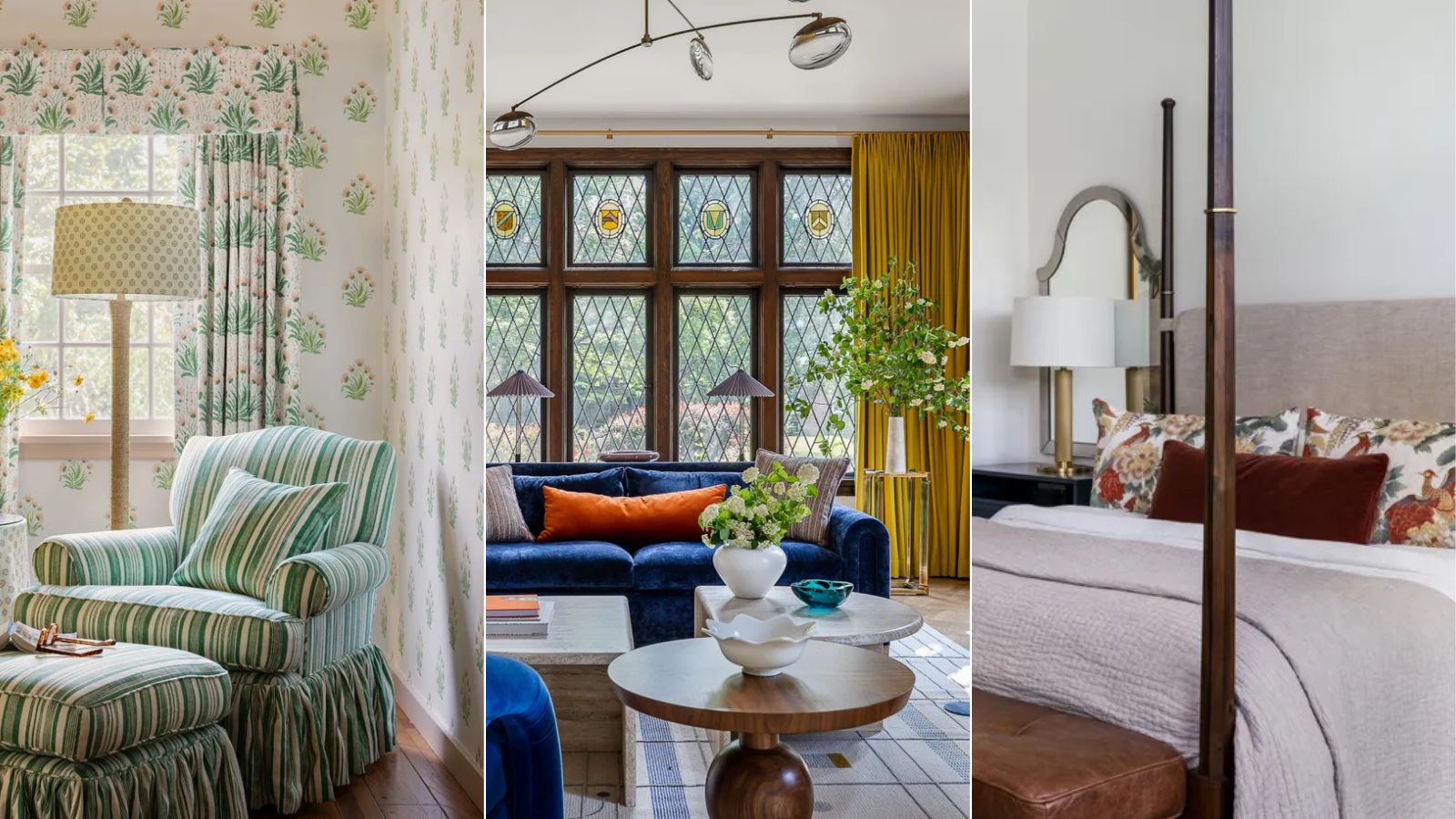
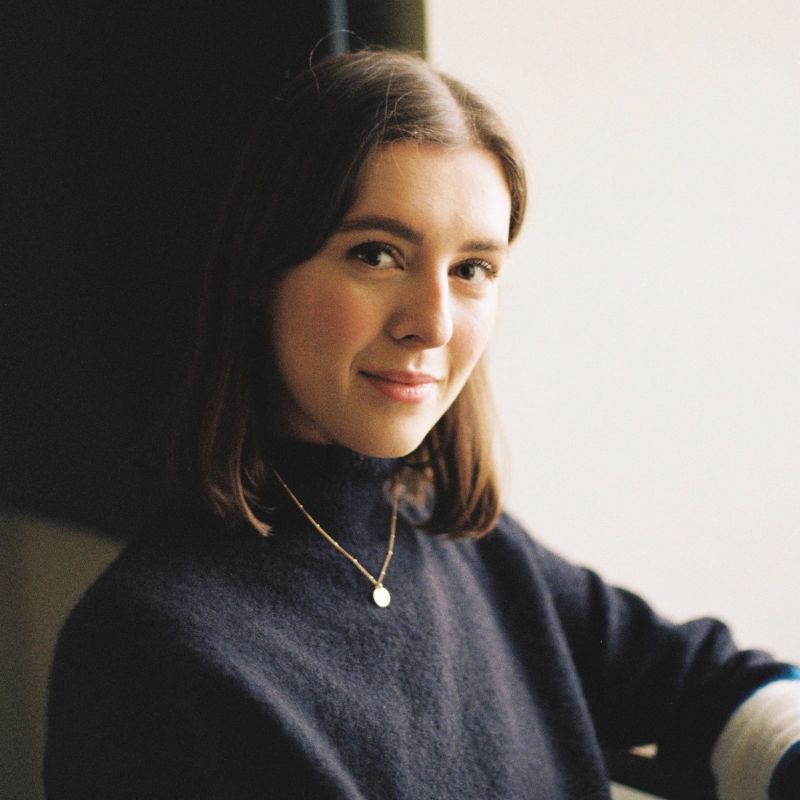
Decorating with fabrics is guaranteed to add depth, texture, and interest to your interior schemes. Beyond the expected use of fabrics in rooms like bedrooms, fabrics can add charm to every room in the home when used effectively.
But when it comes to decorating with multiple fabric trends, it's worth knowing which work well together, ensuring harmony flows throughout the space and a sense of balance is achieved.
So, what are the best fabric combinations? We asked designers for their favorite pairings to give you some tried and tested ideas for your next home decor project.
Designers' favorite fabric combinations
Decorating with pattern is a fundamental part of creating fabric combinations, with many designers using color and print to elevate the textural appeal of fabrics.
'Pairing different textures and patterns is the key to creating interesting and pleasing fabric pairings,' says interior designer Nadia Watts.
From linen and velvet; to stripes and florals, the following fabric combinations are classic groupings that work across many different interior design styles.
1. Florals and stripes
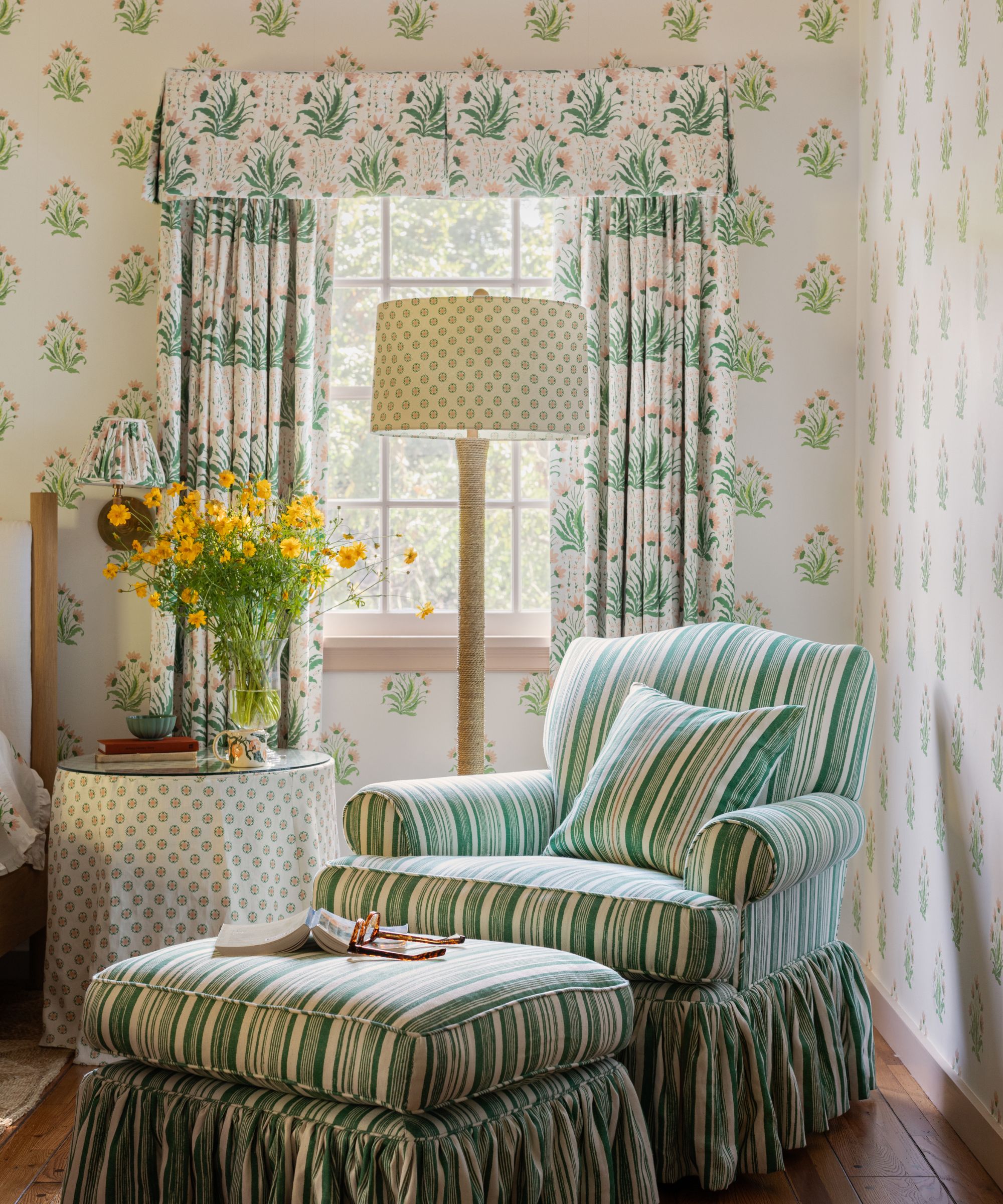
For a classic and cozy take on fabric pairings, florals and decorating with stripes are a go-to for designers.
'I've always loved mixing florals and stripes. They pair perfectly,' says interior designer Nathan Turner, who channels the two in this living room corner.
Since this fabric pairing certainly lends itself to maximalist decor ideas, Nathan recommends embracing an eclectic look by incorporating florals of varying scales: 'I like adding multiple florals. Large patterns along with small ditzy flowers and a classic stripe round out a room in the most complimentary way.'
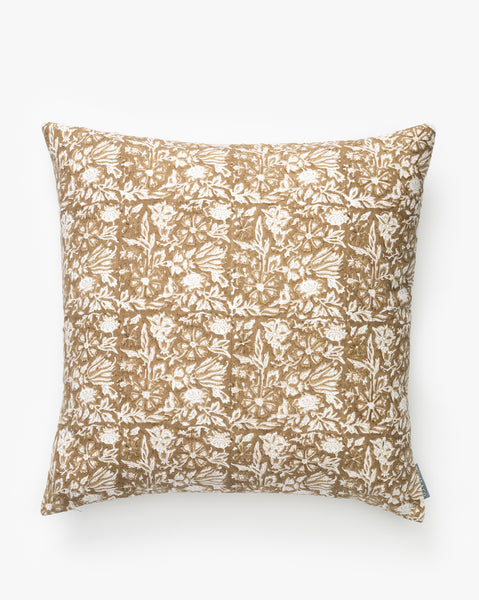
Incorporate some floral print into your home with this neutral pillow cover, perfect for the summer months.
2. Florals, graphic patterns and ikat

'I love combining different fabric textures and prints to create a unique, layered look,' says designer Matthew Williamson.
Demonstrating his love for layering patterns and fabrics in this maximalist bedroom, the designer adds that sometimes layering three fabrics can work more effectively than two.
His formula for mixing fabrics is as follows, using floral room decor as the starting point: 'A floral pattern never seems to fail – blowsy and bold or delicate and ditsy, it always adds an air of whimsy, romance, or drama to a space. To contrast with a floral, I’d head towards something more graphic, such as a check or a stripe, which invariably looks sharp.'
'As in so many areas of design, things that come in threes always seem to work well, so I’d add in a third print such as an animal spot or maybe a classic ikat. Both of these are timeless additions and will sit well with any scheme.'
3. Linen and vintage fabrics

Combining fabrics works just as well in minimalist spaces, where the focus is on texture rather than print.
David Harris, Design Director at Andrew Martin says: 'Combining different fabric textures will add depth to a space and create an eclectic look.'
For a balanced look, David recommends pairing linen with weightier fabrics such as those you'd find when decorating with vintage. 'Linen is generally a wonderful fabric to balance heavier textures, such as vintage, embroidered, or crewel fabrics.'
For more impact, opt for vintage fabrics with prints that will balance nicely against the plain linens: 'Prints with an ethnic global feel, inspired by patterns such as Kilim and Moroccan designs, add a sense of worldly charm to a plain linen fabric.'
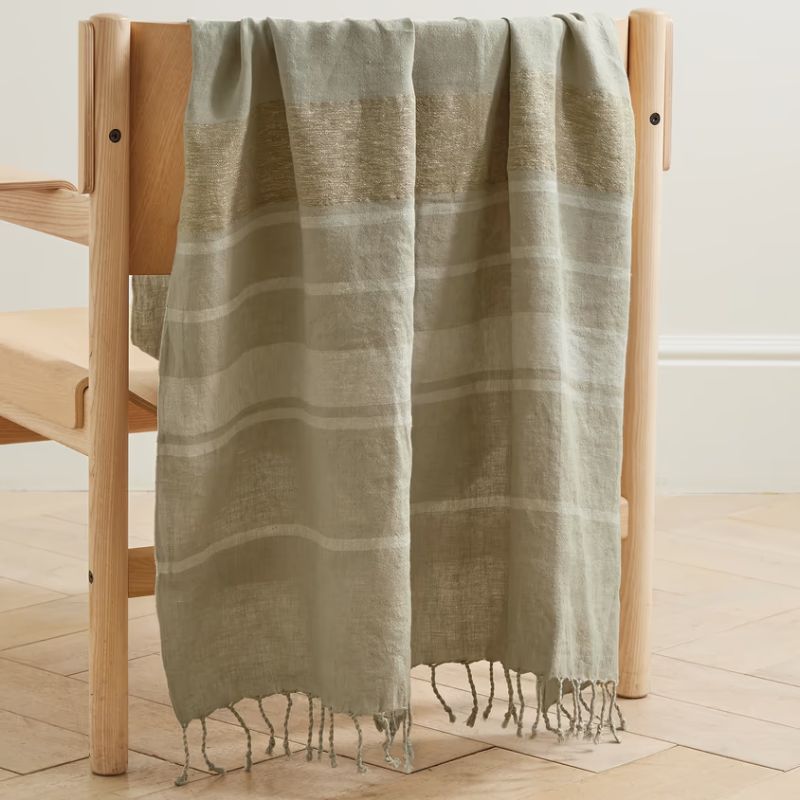
Made from a linen blend, this blanket will add a textural and organic feel to your sofa or bed.
4. Velvet and linen
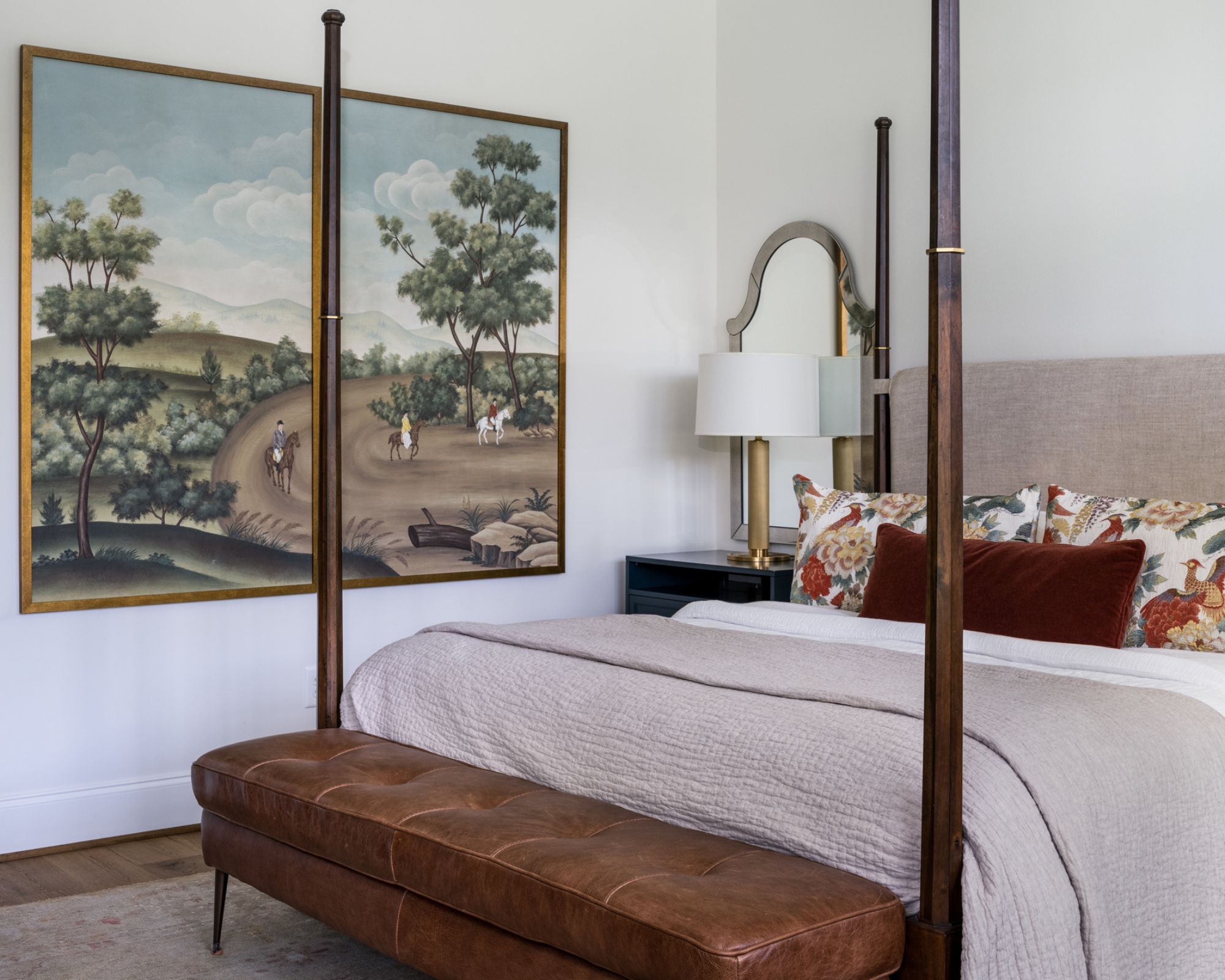
Another favorite fabric combination is linen and velvet, as used in this bedroom designed by Ellerslie Interiors. Although the room color ideas are neutral, the textures of these two fabrics add plenty of depth and interest to the space.
Laura Lubin, founder and principal designer at Ellerslie Interiors explains: 'When selecting fabrics, whether for bedding or sofa throw pillows, we strategically combine a variety of textures, colors, and patterns to create a unified and aesthetically pleasing design.'
'Among my preferred fabrics are performance velvets and textured linens, which I often pair with vibrant florals or intricate patterns. These selections not only enhance the visual appeal but also contribute to the overall coherence of the design.'
5. Velvet and bouclé
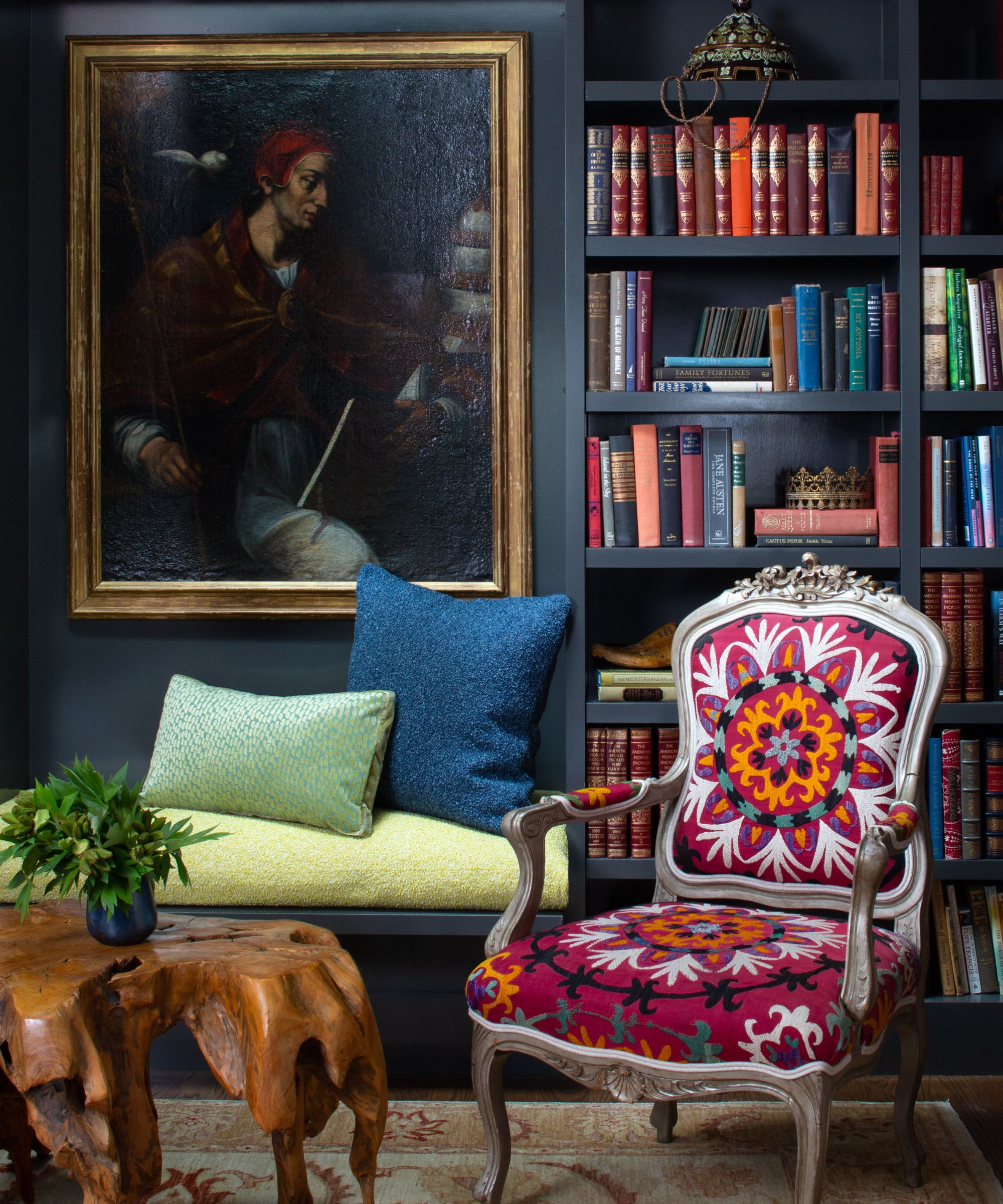
For a more opulent and luxurious take on velvet decor ideas, teaming it with bouclé will add plenty of rich texture to the home.
'For my Gem Collection with Kravet, I did some beautiful cut velvets and added an array of colorful bouclés that work perfectly with the cut velvet,' shares designer Nadia Watts.
According to Nadia, it's important to ensure contrast when working with two different fabrics: 'The key is contrast, whether in the fabric weight, pattern, color, or texture. When it comes to pattern and color, I consider scale as well as pattern type, making sure to mix and match accordingly. Achieving the right mix is all about thinking outside the box.'
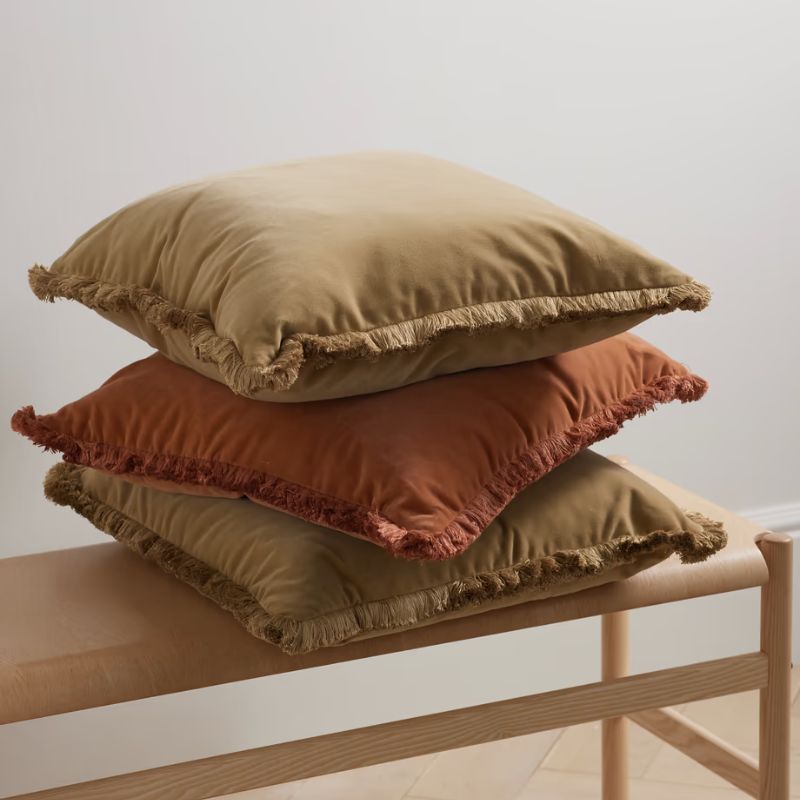
If you're looking to create an opulent feel with velvet, begin with these pillows in sophisticated neutral colors.
6. Natural fabrics and heavy textures
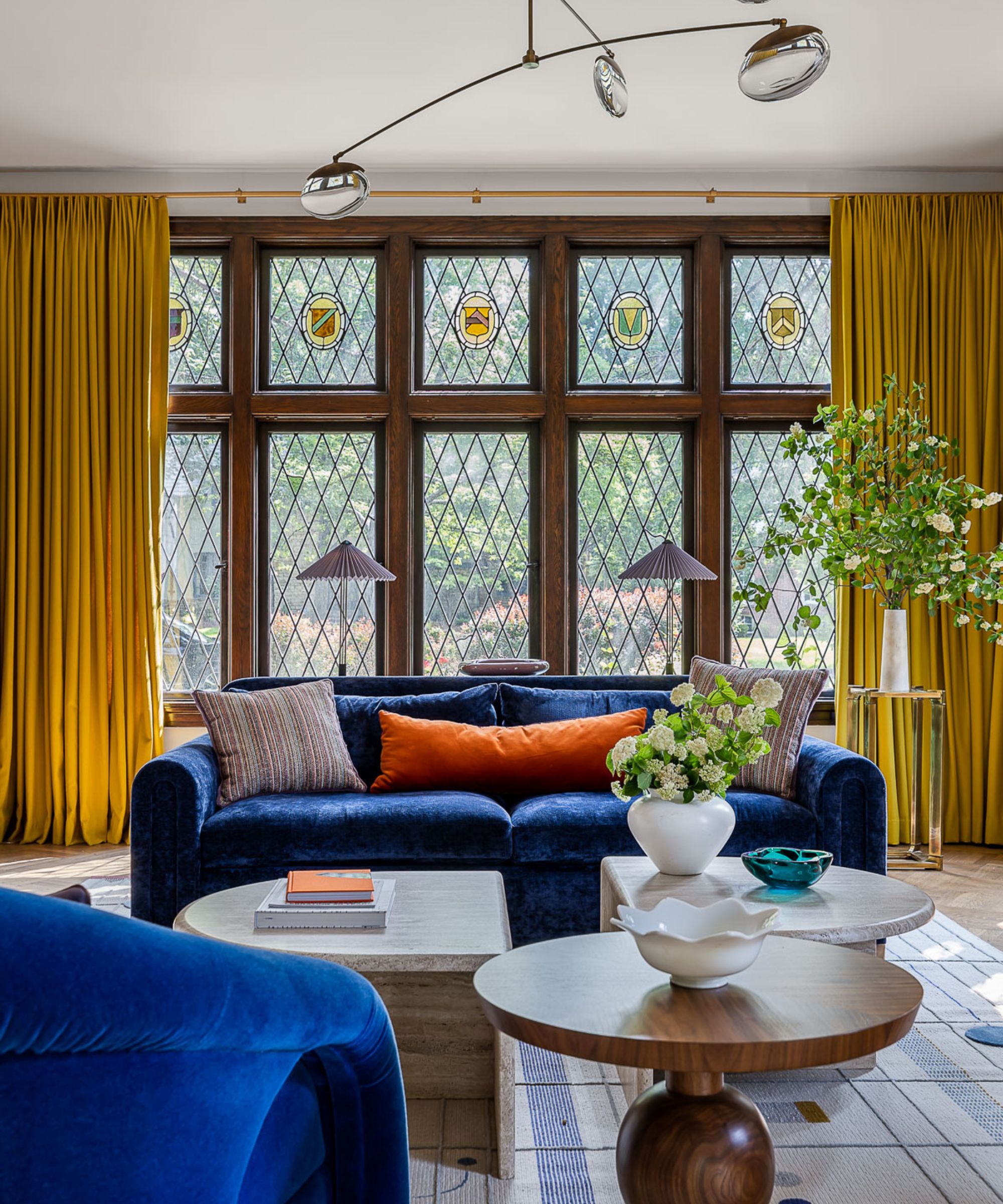
Another fabric combination that designers often turn to is contrasting a room between natural fabrics like silk and wool, and heavier fabrics such as tweed. This ensures plenty of interest through varying textures, even if patterns are restrained.
'It is absolutely essential to have a good mix of textiles in a room, particularly if you are working in neutrals or monochromatic schemes,' says interior designer Bethany Adams.
'When working within a particular palette, I'll try to utilize velvet, silk, wool, and texture – such as a bouclé or a tweed – and usually, just one pattern,' continues Bethany. 'I'm more likely to use a bold palette than a mix of patterns.'
When creating fabric combinations, keep in mind your interior style and start with the fabrics you're most drawn to. From there, you can lean into a maximalist look by layering contrasting colors and patterns through fabrics, or, keep things more streamlined and incorporate plenty of different textures when decorating with neutrals.
Sign up to the Homes & Gardens newsletter
Design expertise in your inbox – from inspiring decorating ideas and beautiful celebrity homes to practical gardening advice and shopping round-ups.

Emily is a freelance interior design writer based in Scotland. Prior to going freelance in the spring of 2025, Emily was Homes & Gardens’ Paint & Color Editor, covering all things color across interiors and home decor for the Homes & Gardens website. Having gained specific expertise in this area, Emily is well-versed in writing about the latest color trends and is passionate about helping homeowners understand the importance of color psychology in home design. Her own interior design style reflects the simplicity of mid-century design and she loves sourcing vintage furniture finds for her tenement flat.
-
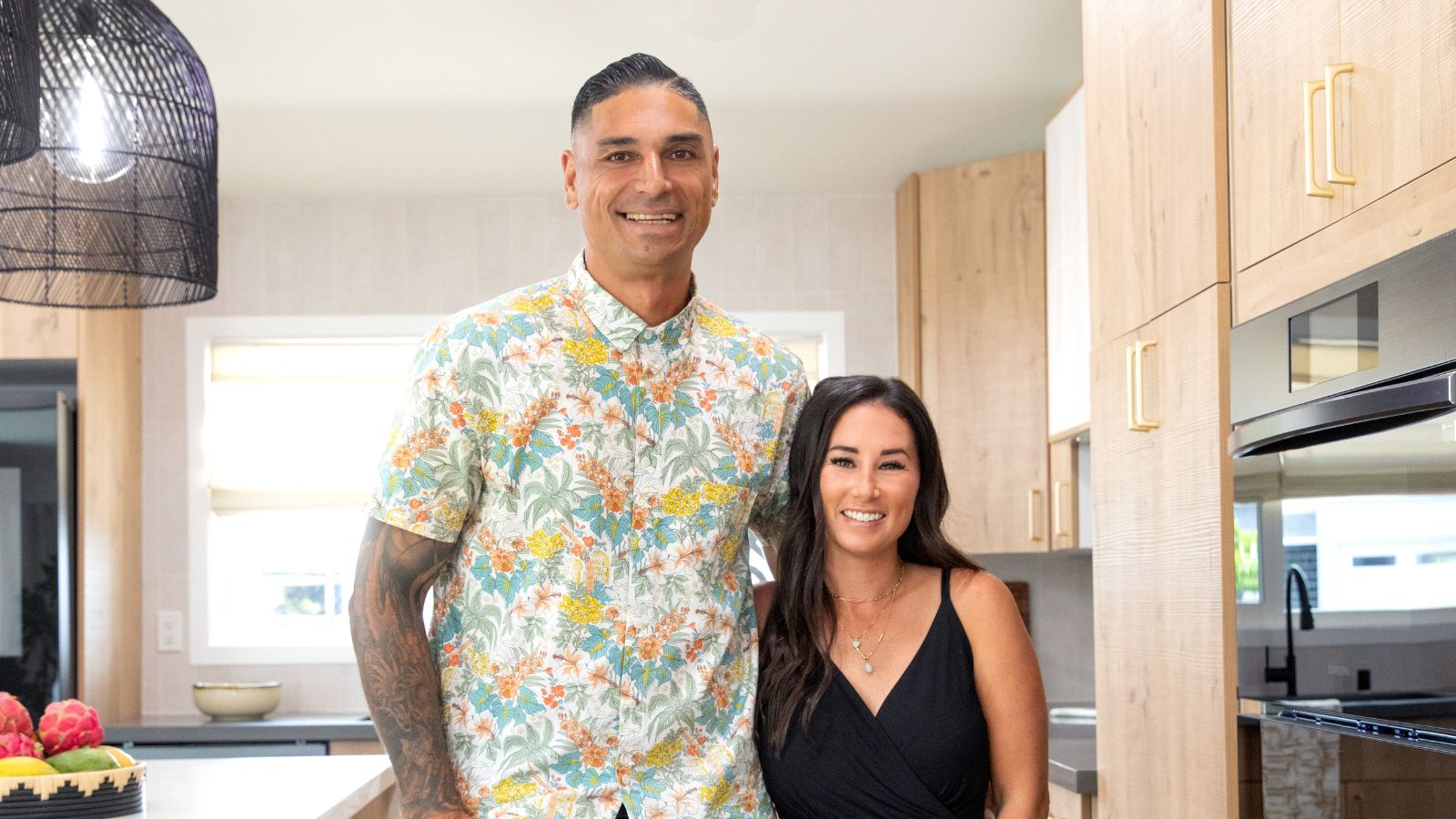 Renovation Aloha's Tristyn and Kamohai Kalama share the front color you need to sell your home – they explain, 'it's one of the areas you can go a little bolder'
Renovation Aloha's Tristyn and Kamohai Kalama share the front color you need to sell your home – they explain, 'it's one of the areas you can go a little bolder'In Homes & Gardens' exclusive interview with the Kalamas, they explain the renovations to make to the front of your home for property value
By Sophie Edwards
-
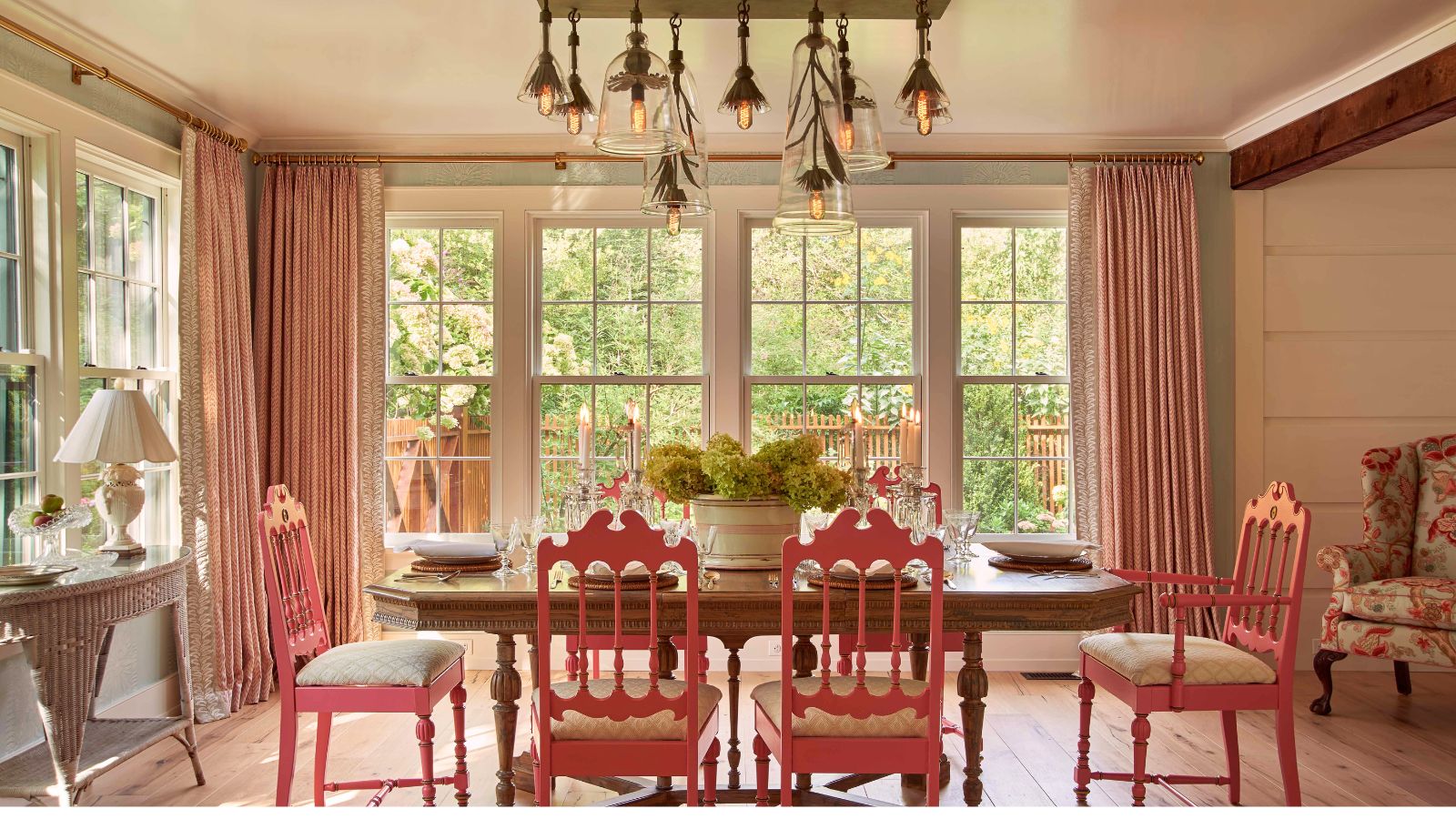 9 things designers always look to buy at an estate sale
9 things designers always look to buy at an estate saleDiscover the sought-after antique and vintage pieces interior designers always look out for at estate sales
By Pippa Blenkinsop
-
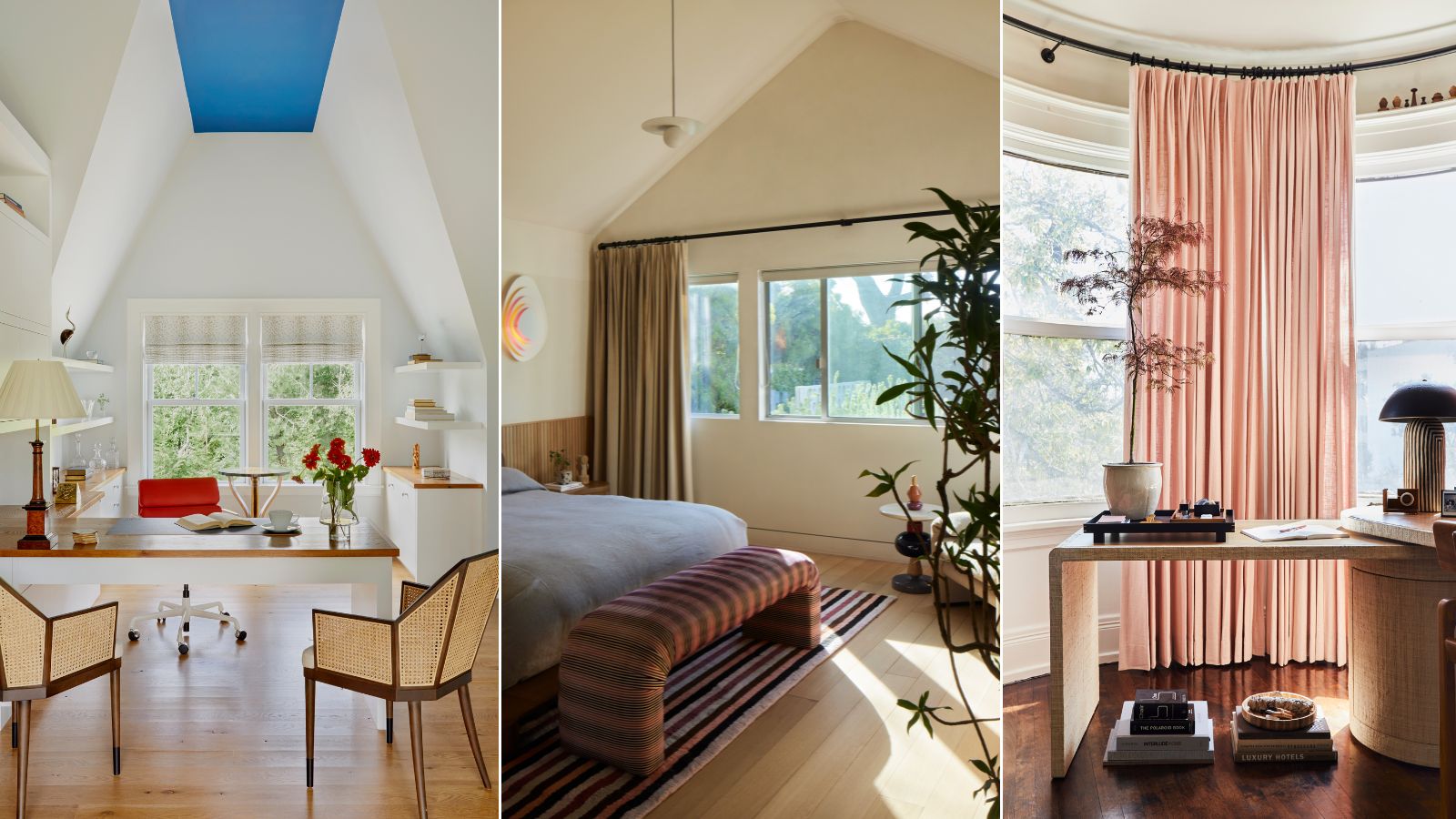 Where do interior designers buy window treatments? The tried and tested stores to add to your list
Where do interior designers buy window treatments? The tried and tested stores to add to your listThis month's Decorator's Address Book focuses on window treatments – these are the stores designers use for their projects time and time again
By Hebe Hatton
-
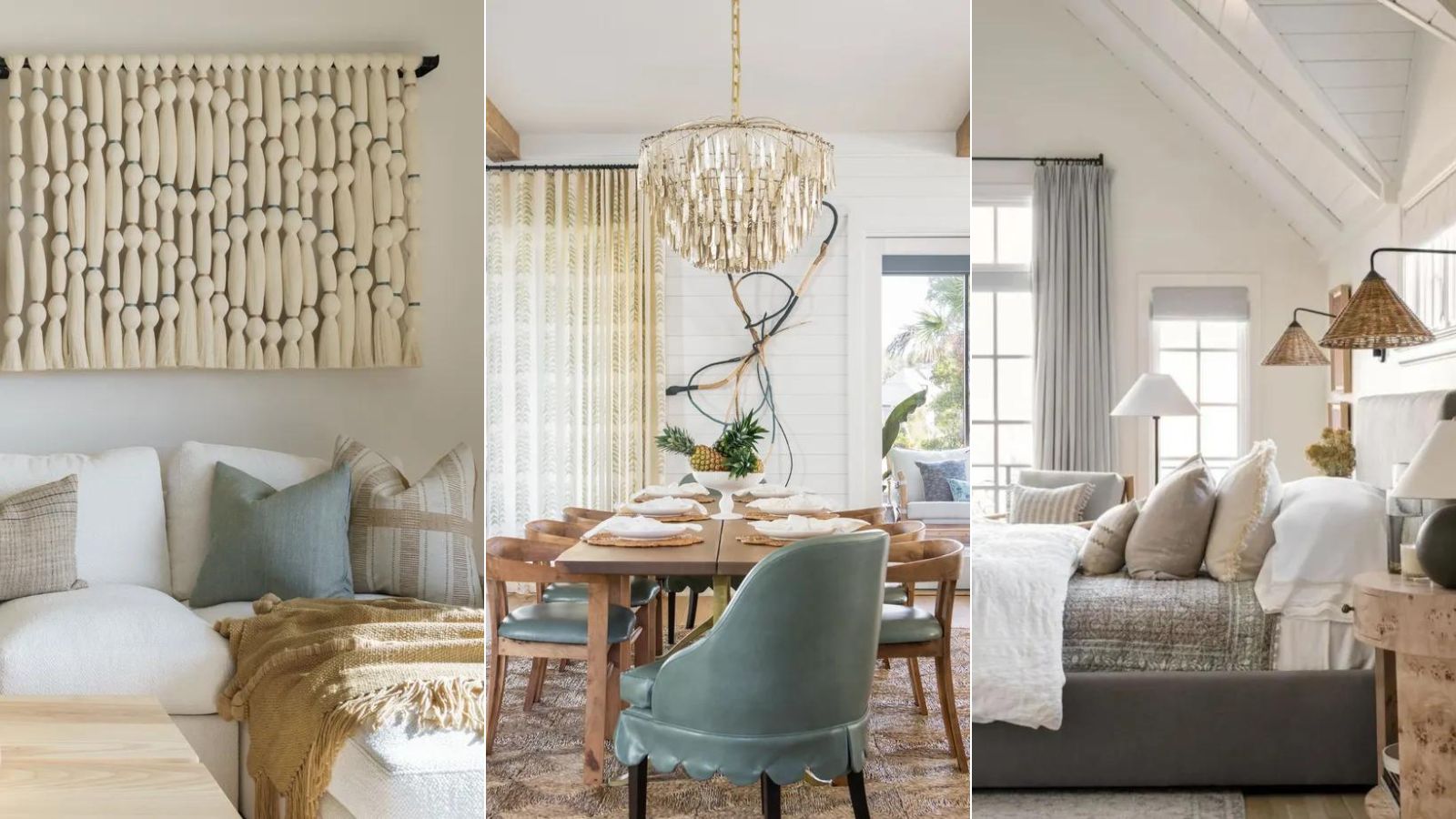 'Coastal elegance' is the end-of-summer trend to know about – designer Kathy Kuo shares how she creates the effortless look
'Coastal elegance' is the end-of-summer trend to know about – designer Kathy Kuo shares how she creates the effortless lookRelaxed living meets luxurious design – here's how she introduces this elevated style to interiors
By Molly Malsom
-
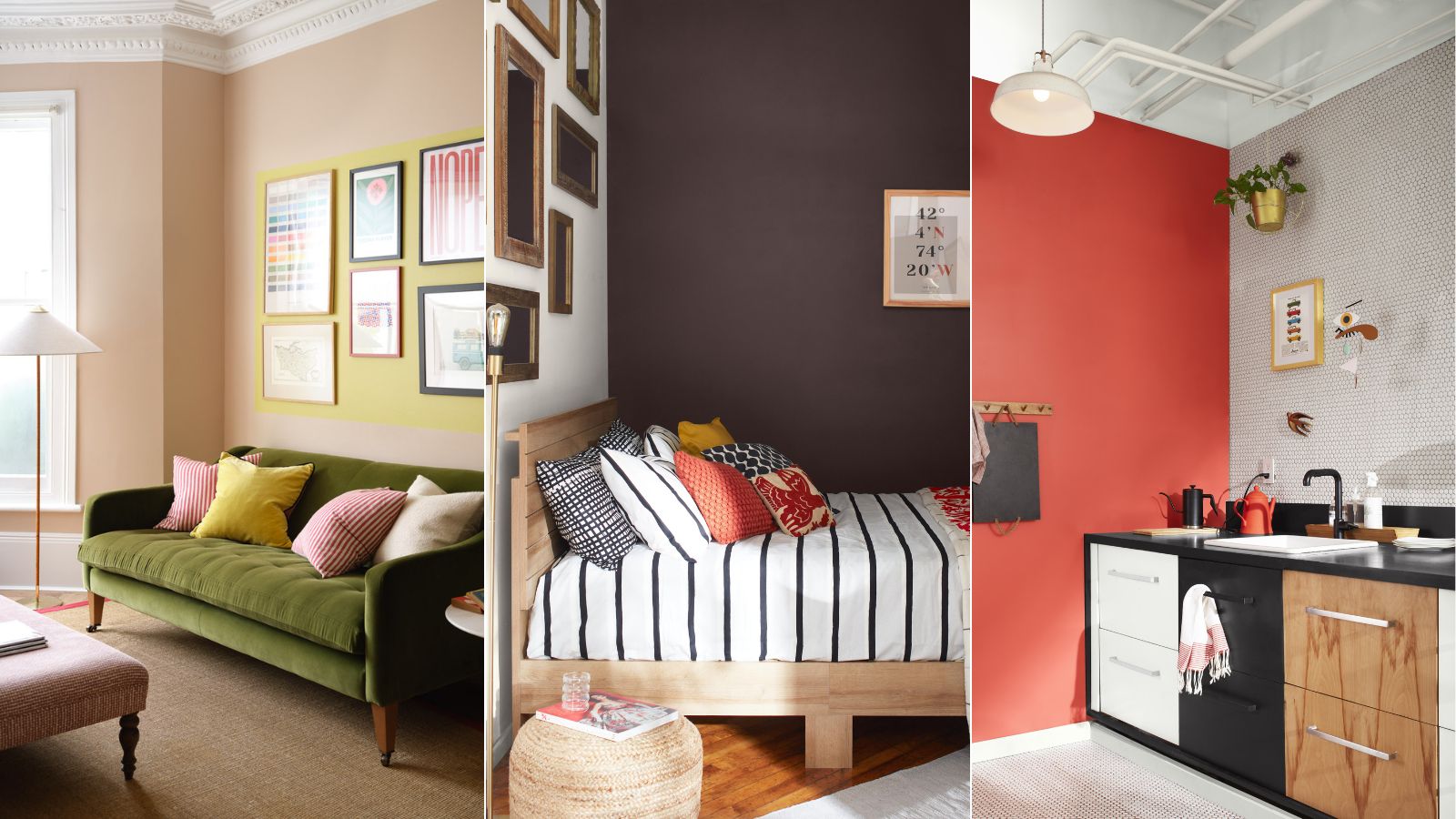 Looking to elevate your rental without losing your deposit? Benjamin Moore's new paint initiative has you covered (and it includes free paint)
Looking to elevate your rental without losing your deposit? Benjamin Moore's new paint initiative has you covered (and it includes free paint)This month, the paint brand is offering complimentary white paint to revert rental decor upon lease-end
By Emily Moorman
-
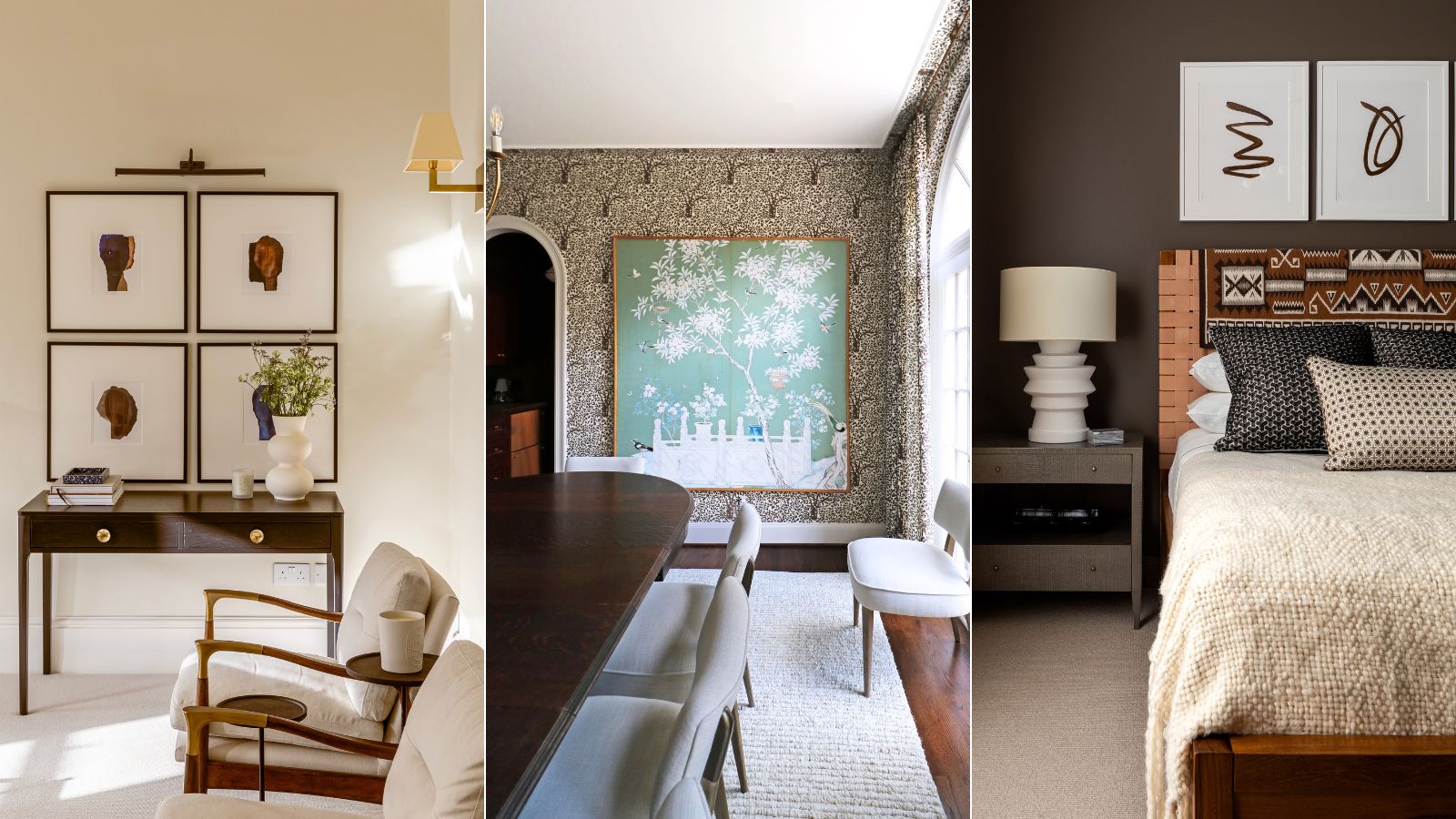 What color is espresso? Designers weigh in on this on-trend, moody neutral and share how to decorate with it
What color is espresso? Designers weigh in on this on-trend, moody neutral and share how to decorate with itHere's why designers can't get enough of this sophisticated new neutral
By Emily Moorman
-
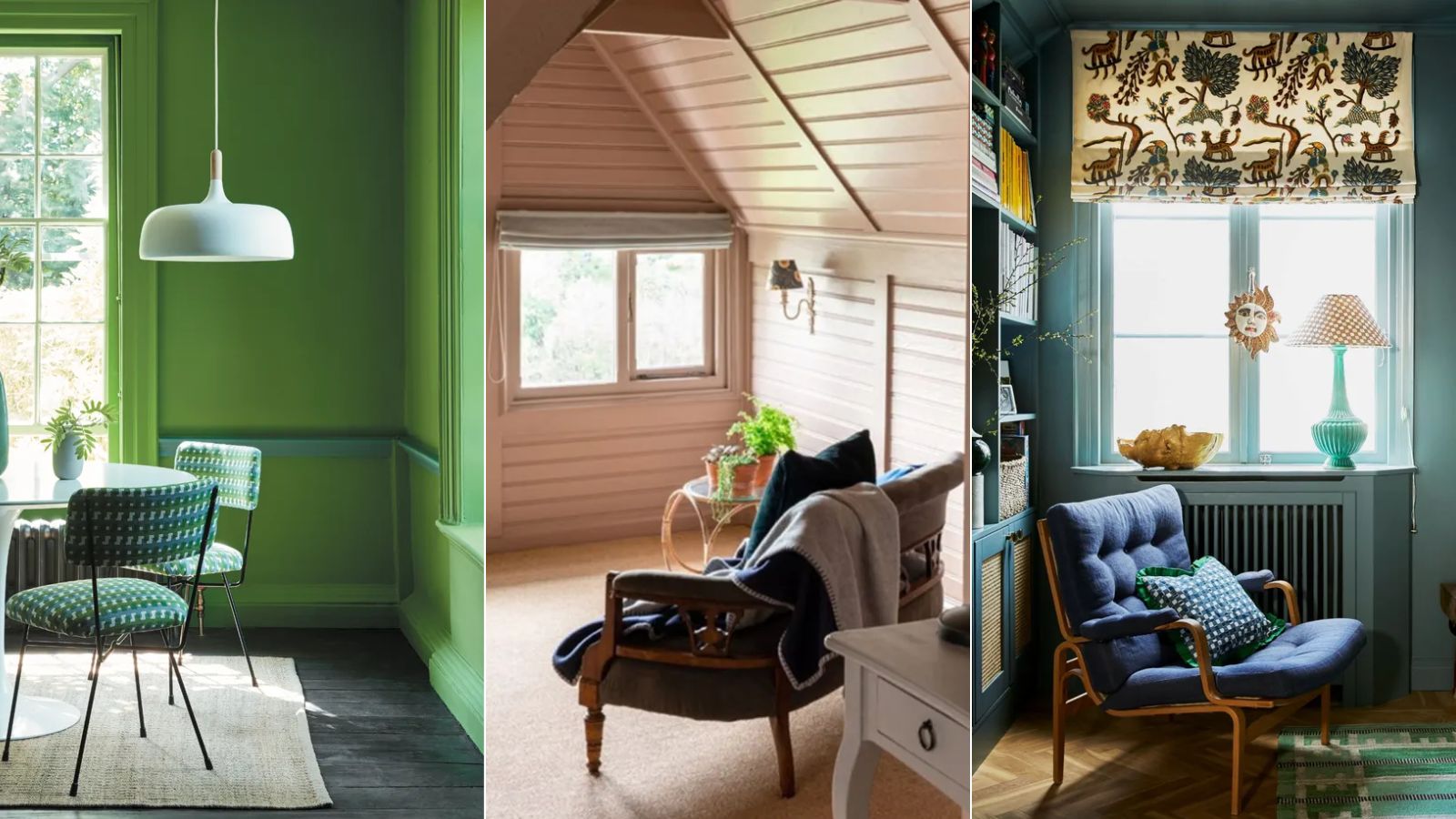 5 of the best colors to decorate with in August 2024, as suggested by designers and color experts
5 of the best colors to decorate with in August 2024, as suggested by designers and color expertsSummery hues with a hint of the autumnal months to come, designers love these colors for August
By Emily Moorman
-
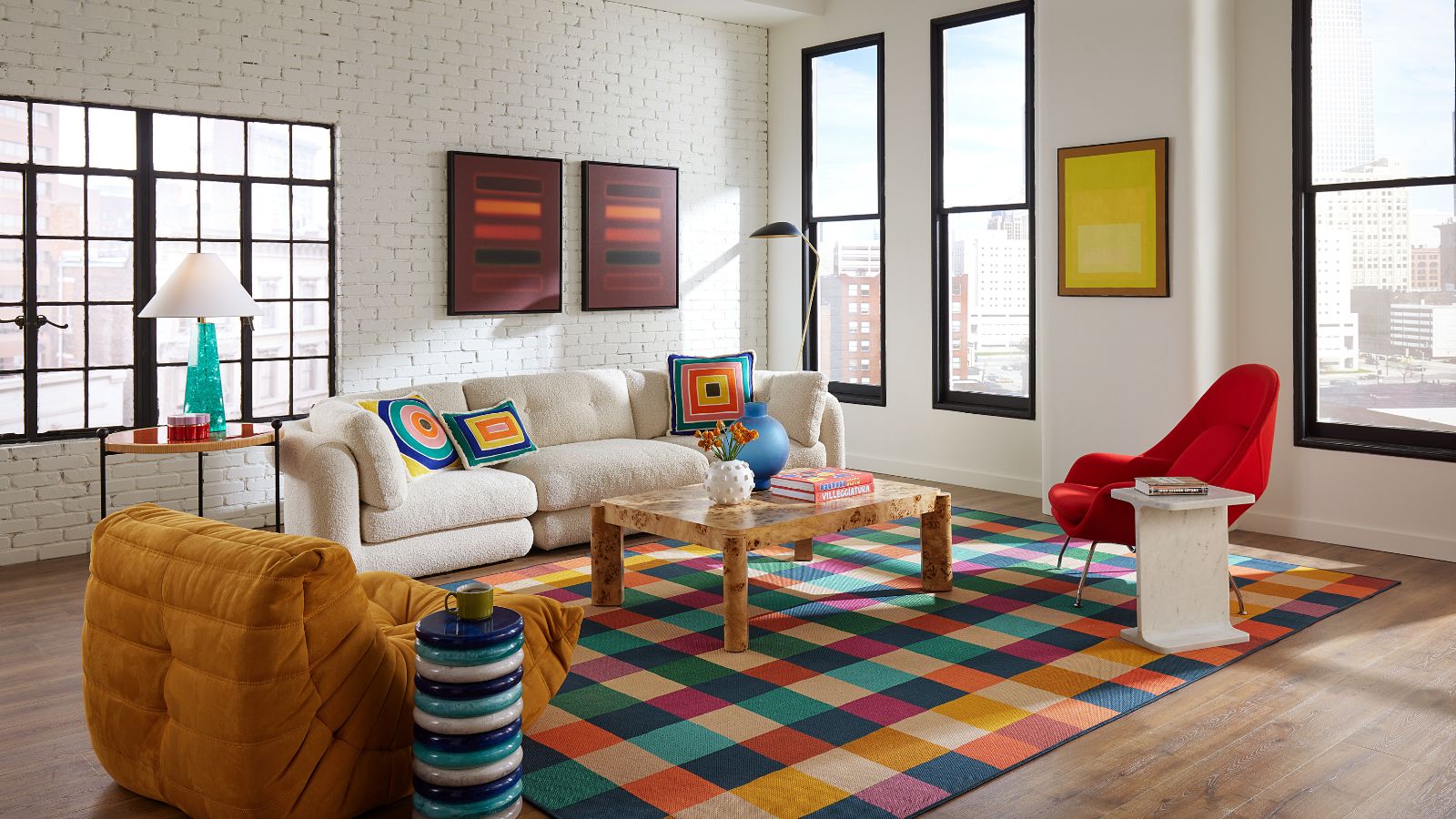 Ruggable has launched a new color-centric rug collection with Pantone – 'designed to inspire creativity'
Ruggable has launched a new color-centric rug collection with Pantone – 'designed to inspire creativity'Designed to realize the mood-boosting effects of color, these rugs reflect the essence of dopamine decor
By Emily Moorman
-
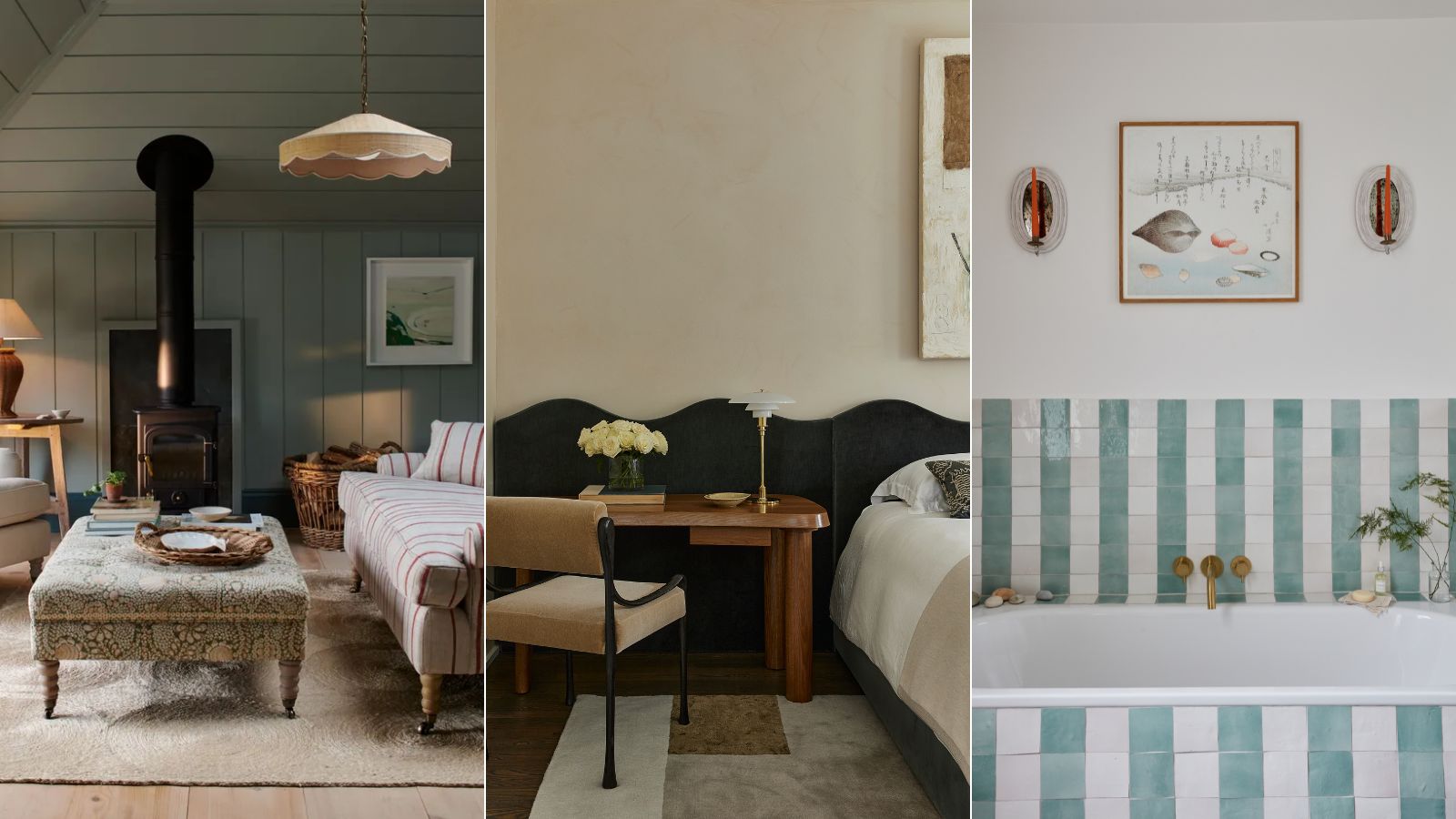 This is how to 'properly decorate a beach house' if you're bored of typical coastal design, says TikTok's favorite interior designer
This is how to 'properly decorate a beach house' if you're bored of typical coastal design, says TikTok's favorite interior designerTikTok's Taylor Simon schools us on how to avoid coastal cliches with her guide or what to do and what to avoid when decorating a beach house
By Charlotte Olby
-
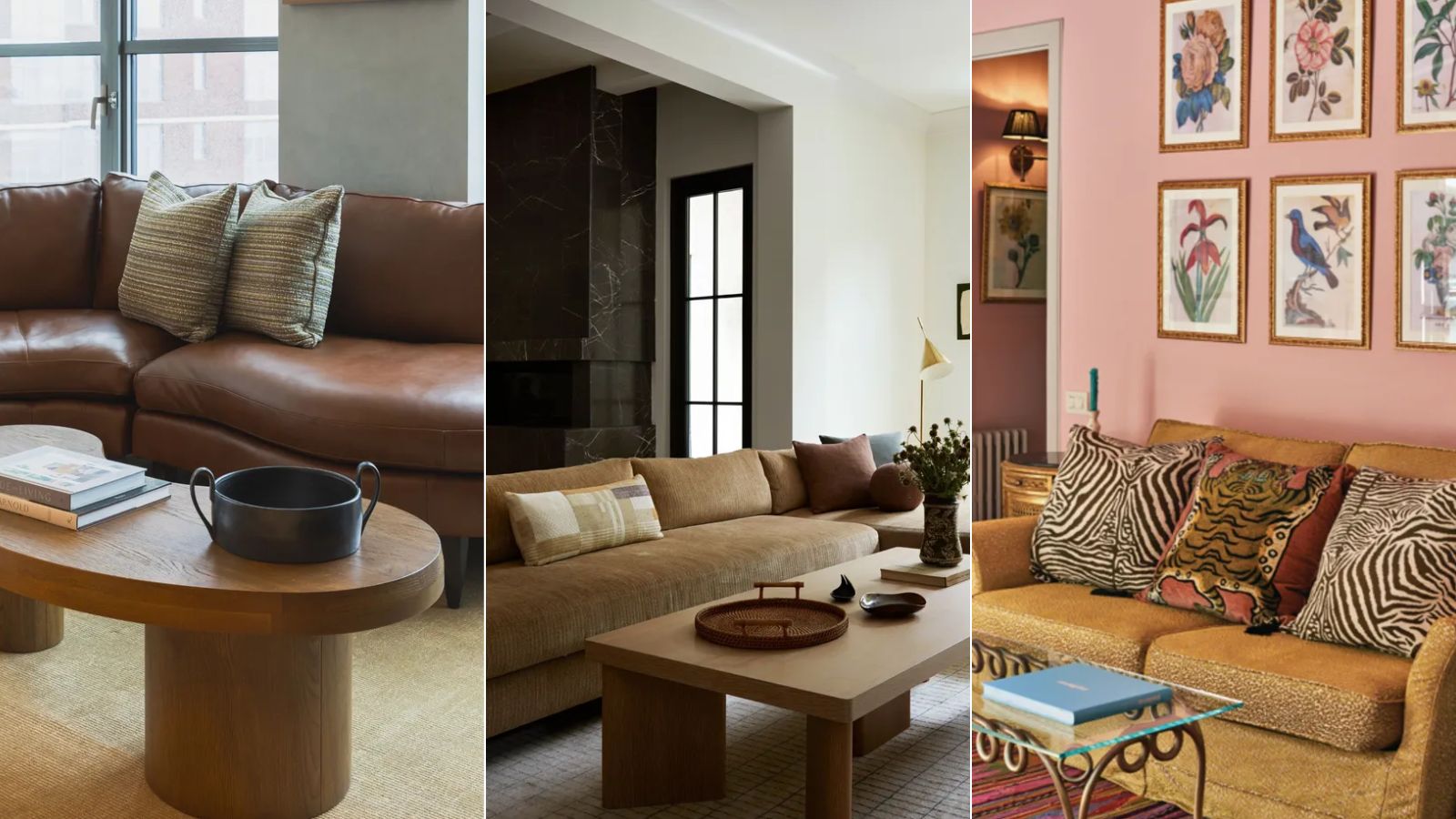 This once-dated couch color is making a comeback – designers share all on how to bring this retro style into 2024
This once-dated couch color is making a comeback – designers share all on how to bring this retro style into 2024Camel-colored couches are often associated with retro design, but designers love them in modern homes
By Emily Moorman